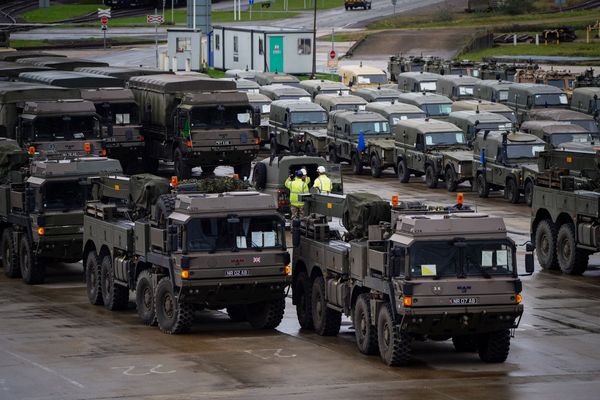The FAA has issued final approval of an innovative composite folding wing for the Boeing 777X aircraft, a plane intended to redefine long-haul travel. Those funny little flaps may be waving the A380 bye-bye.

As Boeing pointed out, “The Wing is the Thing.”
Airbus argues that the A380 is ideal for connecting the world’s major cities to each other while allowing more efficient flight schedules, lower frequencies, and higher passenger load factors. As rising passenger numbers put a burden on global aviation infrastructure, these are important benefits.
The European airframe manufacturer built the A380 believing that high-demand city pairs were bound to increase as global populations concentrate in urban city centers, and growth trends support that thinking.
This infrastructure challenge is somewhat ironic for an aircraft intended to overcome infrastructure challenges and has limited the A380 to serving 60 cities around the world. Airbus argues that these 60 are strategic cities — large population centers and hubs for commerce.
But the A380 has what might be described as an Achilles wing, and Boeing has sent an arrow through it with the 777X. The size of the A380 requires cities to invest in costly airport upgrades. Airports serving the A380 have spent millions to build dedicated piers, separate gates and extended runways that can fit the aircraft, and allow for efficient passenger boarding.
Copenhagen Airport’s costs to build a new Pier C and extend the runway to accommodate the A380, completed in 2015, cost the airport around $50 million.
The 777X, by contrast, can fly to the many airports around the world served by the Boeing 777, 787 series or the A330. That’s because, with the folding wing tips, Boeing has ensured that the new 777X can be categorized as ICAO code E without gate or runway modifications.
The International Civil Aviation Organization (ICAO), responsible for setting international aviation standards, reclassified the A380 as a “modified code F” last year, which means it can land on code E aircraft runways. But this is subject to approval by local regulators, following safety and risk assessments. The ICAO reclassification of the A380 doesn’t address issues of aircraft parking and passenger boarding. It merely allows for aircraft landing and take-off.
Boeing has pushed the 777x’s airport advantage throughout the program’s development and addressed concerns over the folding wings to the satisfaction of regulators.
Boeing’s new 777X is not designed to fit as many passengers as the densest configuration of the A380 — an eye-watering 853 passengers.
Then again, no airlines that operate the A380 have pushed the aircraft anywhere near that far. In part, that’s because doing so involves a greater passenger baggage load and additional weight in seating, galleys, lavatories, catering, all of which affect fuel consumption and aircraft range. Higher density aircraft also require more cabin crew, to meet regulatory crew-to-passenger ratios, which in turn makes those flights more expensive to operate.
Emirates, which owns the world’s largest fleet of A380 aircraft and saved the A380 program at the beginning of this year with a last-minute provisional order for 20 planes, will also be the first airline to fly the new Boeing 777X plane, to deliver in 2020.
Though the A380 has plenty of passenger appeal, the baseline model of the 777X is expected to introduce passenger experience enhancements that Boeing expects to set a new standard for flying.
All other announced 777X customers are also A380 operators: All Nippon Airways, Cathay Pacific, Etihad Airways, Lufthansa, Qatar Airways, and Singapore Airlines. The 777X is already nipping at the A380s tail.
There may be room in the sky for the 777X and A380 to co-exist, even in a single airline’s fleet. The growth of commercial aviation poses many challenges to future air traffic management. Very Large Aircraft (VLA) can help address this weakness in critical infrastructure.
In a final bid to attract buyers, Airbus announced a new A380 Plus configuration during the Paris Air Show last year. The proposal included new winglets to improve aerodynamics and make the aircraft more fuel-efficient and reduce operating costs by 13% per seat.
But, by allowing airlines to serve a greater range of city-pairs, Boeing’s game-changing folding wing tips top winglets.
The approval of this unique Boeing 777X innovation may not be the final feather for the A380, but it is a peck in the beak.







